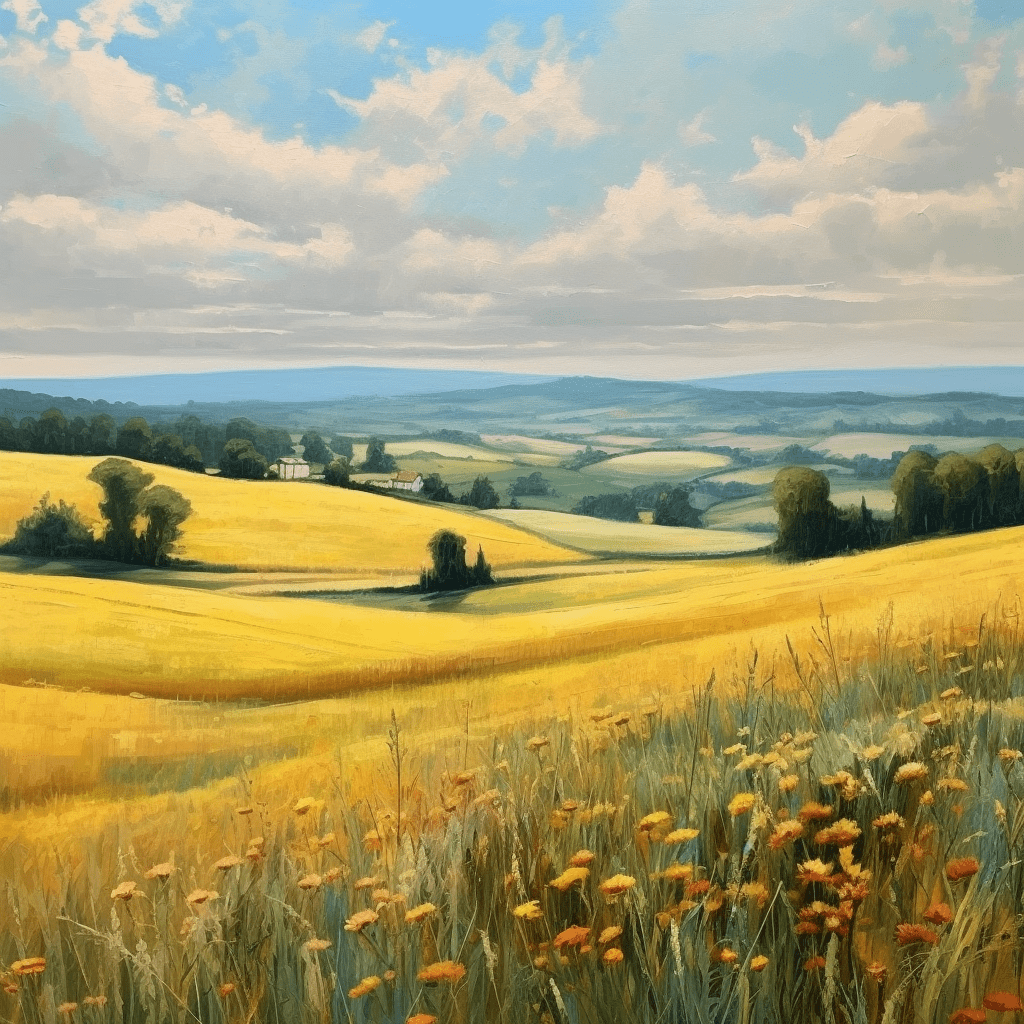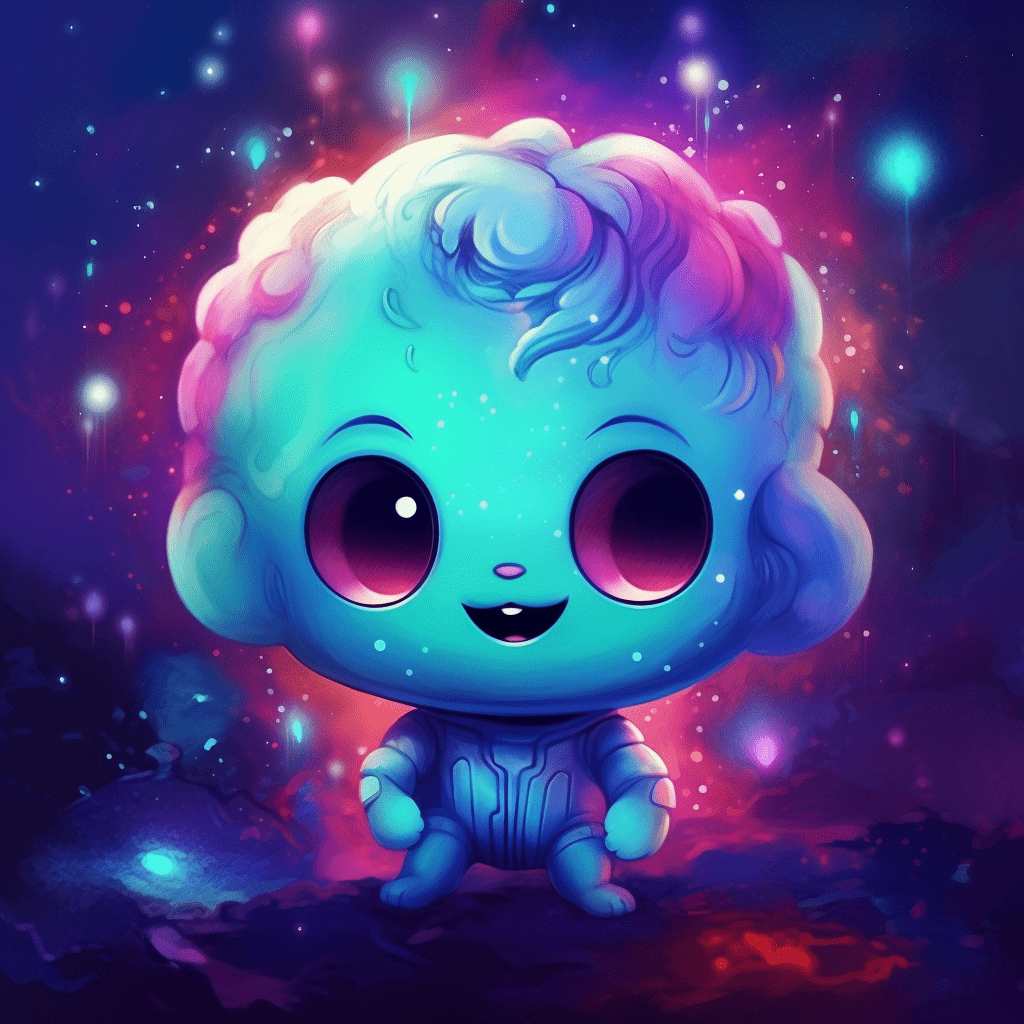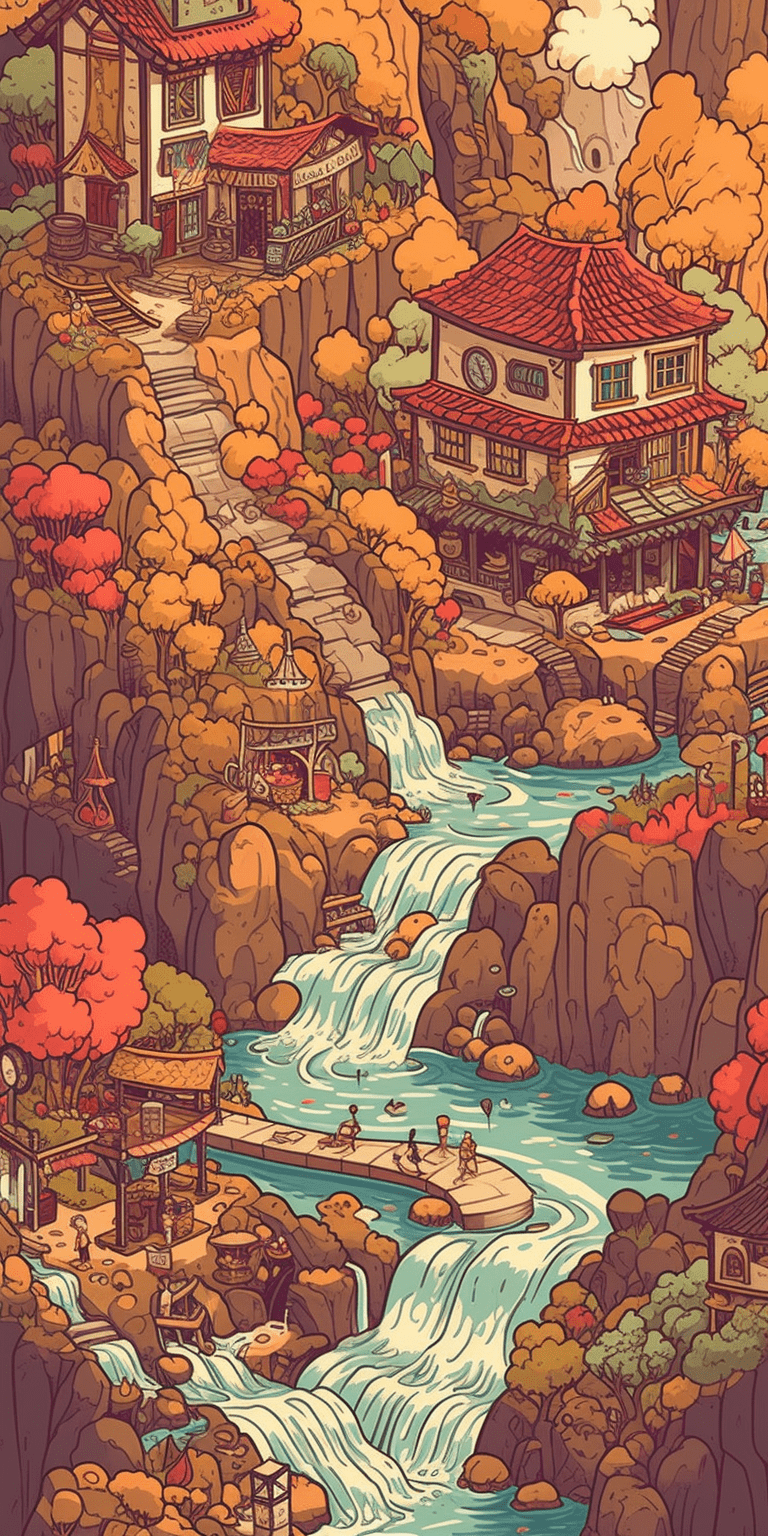In the accelerating world of digital art, technology has undoubtedly become the catalyst for imaginative leaps forward. NFT art, by its very nature, bears the imprint of technological innovation, allowing creators to challenge the status quo and redefine artistic expression. This article explores groundbreaking NFT art examples that showcase the transformative power of technology in the digital art realm, from cutting-edge techniques to imaginative narrative experiences.

VR-Based NFT Art: Steven Baltay’s “Proxy”
Steven Baltay, a CGI artist known for his captivating visuals, brings forth “Proxy,” a groundbreaking NFT artwork that employs virtual reality technology to immerse the viewer in a futuristic world. The piece revolves around a neon-clad, floating figure with its sight set on a mysterious portal. Baltay’s striking use of visual effects and sound design demonstrates how combining VR and NFT technology can create enveloping, emotionally charged experiences for viewers.
AI-Generated Art: Mario Klingemann’s “Memories of Passersby I”
Artificial intelligence plays a significant role in Mario Klingemann’s mesmerizing digital artwork, “Memories of Passersby I.” As an example of generative art, the piece uses a machine learning algorithm to continually create a series of unique, AI-generated portraits. By leveraging technology’s incredible computational powers, Klingemann illustrates the exciting potential of AI in NFT art, opening up new avenues for expressive and experimental artwork that pushes the limits of traditional human-made creations.
Interactive NFT Art: Olive Allen’s “Emoji of a Blockchain”

Olive Allen’s innovative NFT creation, “Emoji of a Blockchain,” employs audience participation and real-time data from the Ethereum blockchain to create an interactive visual experience. The artwork’s ever-evolving composition is directly influenced by the transactions occurring on the network, with each emoji representing a unique transaction. Allen’s work highlights the ingenious possibilities when creators integrate cutting-edge technology, real-time data, and principles of interactivity into NFT art. The dynamic, responsive nature of such pieces challenges our understanding of traditional art forms and hints at the wealth of possibilities that the digital art world promises.
Algorithmic Art: Maurizio Cattelan and Pierpaolo Ferrari’s “HALLELUJAH”
Celebrated artist Maurizio Cattelan and photographer Pierpaolo Ferrari teamed up to create “HALLELUJAH,” a visionary algorithmic NFT artwork that continually evolves as new images are entered into the algorithm, forming continually alternating compositions. By intelligently combining fragments of Cattelan’s sculptures and Ferrari’s photographs, the ever-changing piece epitomizes the endless possibilities presented by algorithmic art in the NFT space. Their collaboration demonstrates how technology can inspire artists to push creative boundaries and develop a novel form of fluid, continually updated digital assets.
Ryan Talbot’s “Time Mirror”
Ryan Talbot’s “Time Mirror” is a pioneering example of using time-based algorithms to create a unique NFT artwork. The digital piece encompasses a series of mirrors reflecting an alternate reality where time is rapidly accelerated, juxtaposing familiar landscapes with abstract representations. The visuals are backed by an evolving, generative soundscape created through procedural algorithms, resulting in a hypnotic multisensory experience. Talbot’s experimental, technologically advanced work reveals the untapped potential of time-based and algorithmic explorations in the realm of NFT art.

In conclusion, the featured NFT art examples reveal the transformative power of technology and its capacity to redefine the medium of digital art. From virtual reality and artificial intelligence to interactive, algorithmic, and time-based creations, these pioneering endeavors represent just the beginning of what technology can bring to the world of art. As the NFT space continues to evolve in tandem with advancements in technology, we can anticipate a future where new forms of artistic expression emerge, fueled by the fusion of innovation, creativity, and technology.
